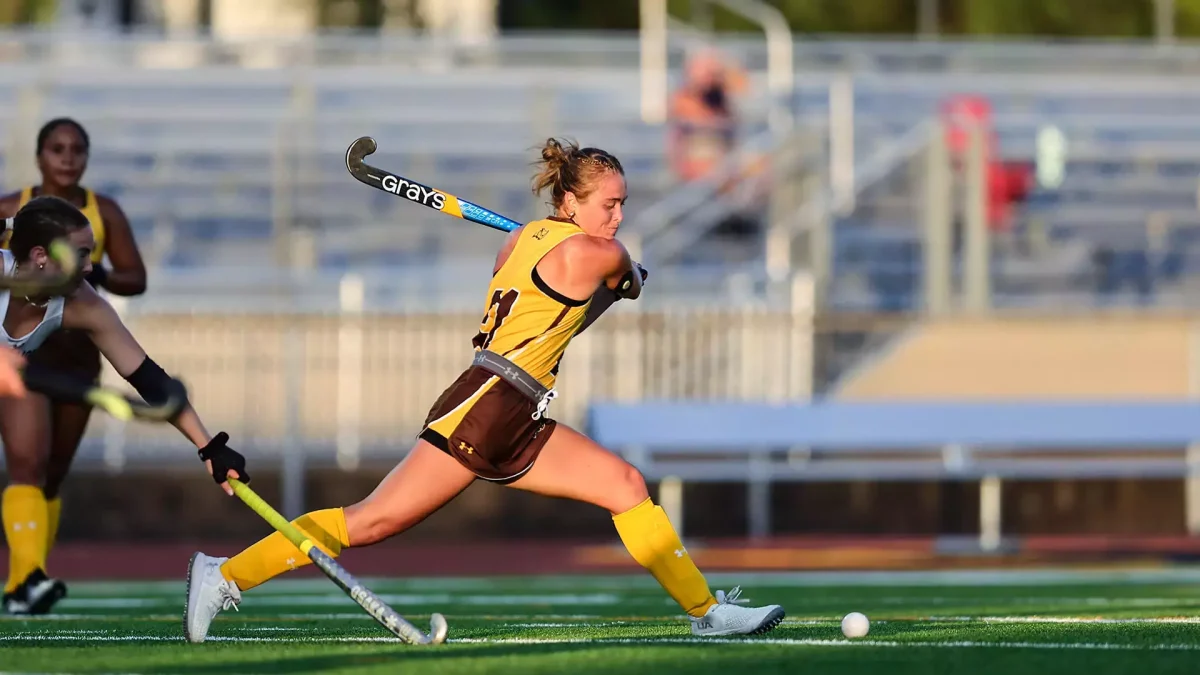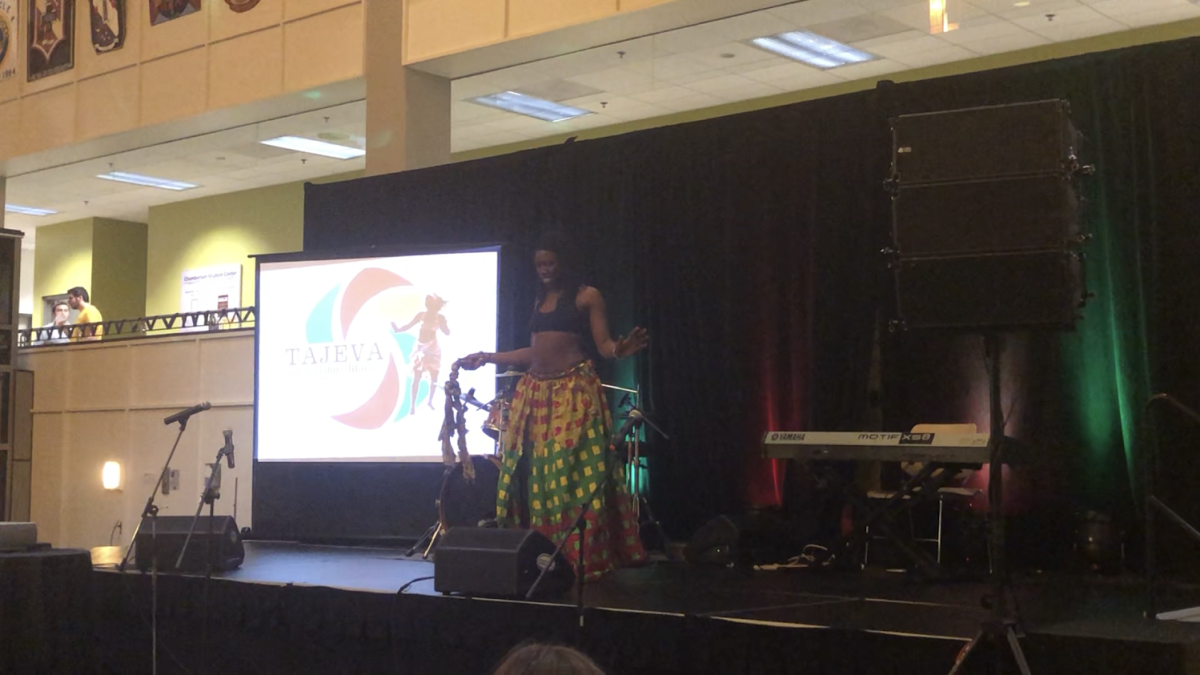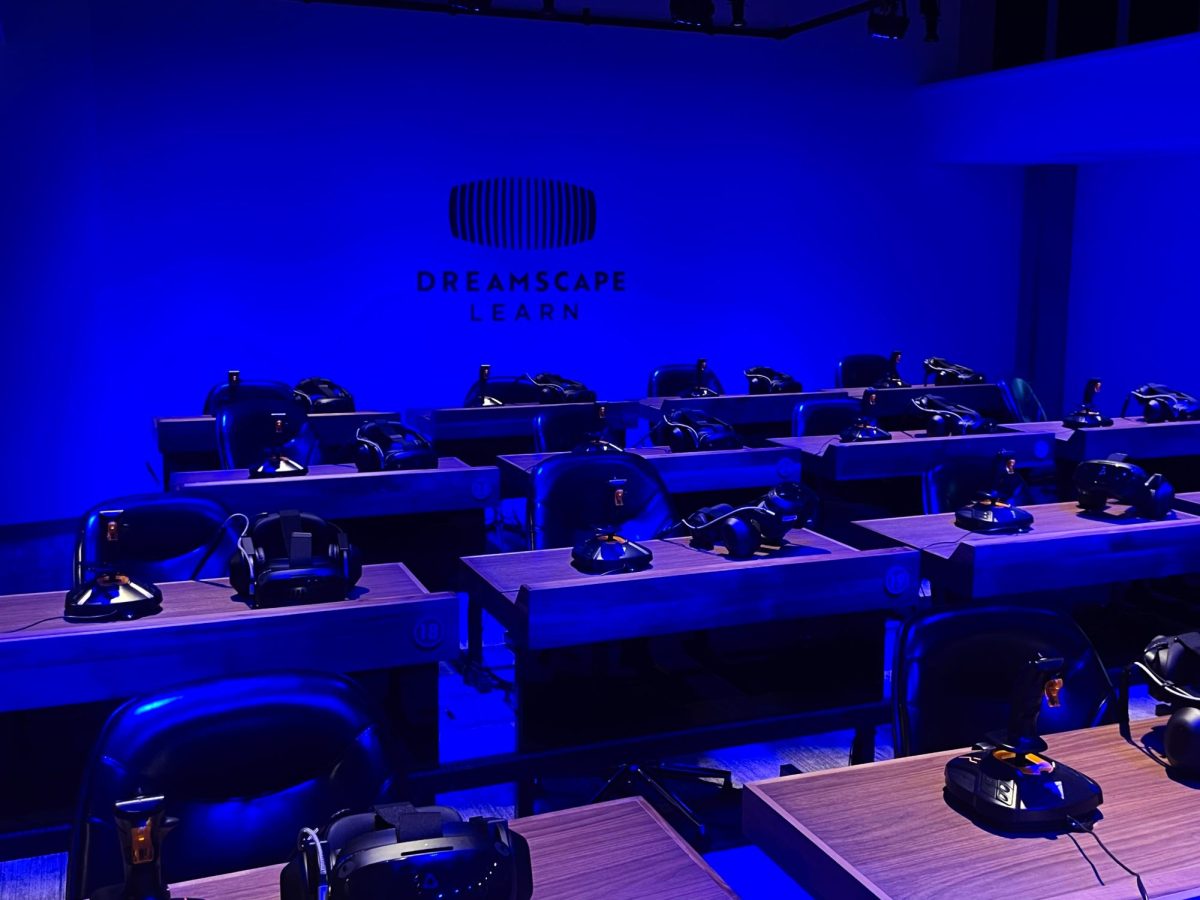The Black Student Union held their first State of Black Rowan forum during the fall semester to talk about issues that have arisen between the divide of Rowan culture and Black Rowan culture. The topics that were discussed included equality, representation and inclusivity among students on campus.
Professors, deans, staff and students had the opportunity to listen and speak on said issues at the university, itself. Minority students are not fairly represented, which is why Black Rowan was created. Within the culture, students are able to be their true authentic selves without having to put on a mask in certain spaces on campus.
Only a piece of the Pledge of Allegiance ensures the unity of our country, but is there unity through diversity? “With liberty and justice for all,” but is there really justice? On a predominantly white campus, there lies diversity but not inclusion. Here lies the fine line of what makes you the minority in a space that was not created for you.
Welcome to Rowan University, the land of million-dollar donations and home of the not included. Diversity and inclusion is a topic many black and brown students find themselves teaching other students who don’t know how it feels to be in a space where their identity is minimized. The problem isn’t only affecting students and how they see the university but the staff, as well.
The underlying question is, why? Why is there so much under-representation in both staff and students? It is important to understand the tiresome reality of explaining yourself to a group of people who would never understand the reality of being a show-and-tell project. Just because you see diversity within a school or staff does not mean there is inclusivity.
According to Rowan’s 2018-2019 Fast Facts sheet, the university is host to almost 19,500 students and 4,312 staff members (faculty and non-faculty). Of those 19,500 students, 31.72% are from under-represented groups, which is approximately 6,185 students. Numbers don’t lie.
It’s important to understand why educating yourself about diversity and inclusion is important. I had the opportunity to speak with Dr. Monika Williams Shealey, former dean for the College of Education and current senior vice president of Rowan’s new Diversity, Equity and Inclusion office on campus.
Shealey set on this journey not knowing her next step in her career and where it would take her.
“I was looking for my next challenge and the provost and the presidents thought this was the right next step for me. And I was the right person that focused on that in the College of Education,” Shealey said. “For me, I realized it’s the work that I was already doing that I’m passionate about.”
Her endless passion for diversity and inclusivity allowed her to build programs and take them to the next level, especially for minority students. With the help of faculty and staff, they set out to recruit students from racially and culturally diverse backgrounds. Now, there are programs like Increasing Male Practitioners and Classroom Teachers (IMPACT) that help minority men of color become educators.
“We started project IMPACT which aids men of color [to] become educators. The program is in its fourth year. Right now, about 2% of the teachers in American schools are black men,” Shealey said.
The truth is, she’s right. According to a 2017 study by American Public Media (APM), in a report about black male educators, only 23% of teachers were male. Of the 23%, only 7% of them were African-American. If you think about it, there hasn’t been much increase.
The research focused on the growth of male teachers from 1988 to 2012 and though there was an increase, it wasn’t enough to keep the increase of black male educators consistent with the increase of educators overall.
At Rowan, clubs and organizations have been created by minority students for minority students, which has allowed them to be themselves during the duration of their college experience. For instance, The Black Student Union (BSU) is an education-based community building system for black students that aims to create an intersectional, supportive and sustainable voice for the black student body.
Like a few other organizations, BSU is still new to campus. They left a mark within the Rowan community by holding an open forum that allowed students to speak about racial issues on campus.
Another club that has been around for only a year, the Men of Color Alliance (MOCA), is an organization that was created to help establish a sense of brotherhood between minority men and their allies. It focuses on building members of purpose and excellence through self-empowerment and positive initiatives.
Chase Campbell, 20, is the vice president of MOCA.
“Although we are still awaiting charter status, we have really made our mark on this campus,” Campbell said. “It has been such a long road and all of our hard work is finally coming to fruition. We have so much in store for this university.”
“We put a lot of our efforts towards community service and team building. Doing so, we are able to grow not only as an organization, but as a family,” Campbell added. “Being able to be seen as a role model to people my age and underclassmen is such a blessing in disguise. We aim to create change in the world someday and to do so, we help the next generation in any way that we can. So the torch can be passed once we graduate.”
On the other hand, not all minorities are represented through clubs on campus. For instance, not all minorities are black or brown. Others are Hispanic and are typically included in this category. The Spanish Studies Association was designed with Hispanic students in mind, but welcome anyone who would like to join. They are often counted in by who they are associated with, but are counted out by what they look like, so to speak.
Where you see minority students in spaces that were created for them, you also see faculty and staff members who look just like them, supporting them in whatever they do. But what about in spaces that were not created or intended for the minority group? For instance, the student body is something that makes the college experience but is it for the minority, the people that are looked at as other?
Arielle Gedeon is the first black female Student Government Association (SGA) president and is upholding herself and beating the odds by making the campus more accepting of others.
“Inclusivity is important because without it, this leads to a lack of opportunities for people to bring their perspectives, valued experiences and gifts to the table,” Gedeon said. “There is so much value to diverse representation.”
Students aren’t the only people who make up the minority population on campus and would like to see change throughout the campus. There are staff members who want to see more diversity in their workplace. Shane Karolyi, 26, works in the Department of Residential Life and University Housing and serves as a residential learning coordinator for Holly Pointe Commons.
During his two years in the position, Karolyi has come across students with many different backgrounds and wishes to see his educational and student staff represent the diversity that he experiences on a day-to-day basis.
“I think our student population is becoming more and more diverse,” Karolyi said. “When we’re talking about the students that we serve, we want to make sure that those we hire reflect our student population.”
Staff should be just as passionate, if not more so, to desire inclusivity and change in their workplace and among their co-workers. How can one want to change something if they aren’t willing to learn about it? As Karolyi desires to learn more about diversity, he knows there is a need for it in representation and inclusivity.
“My experience has been to learn more about diversity and to become more inclusive. I took this job not knowing I would be assigned to the biggest residential community on the campus,” Karolyi said. “We oversee 1,500 students and it’s a challenge because a majority of them are freshmen that come from a plethora of different backgrounds and cultures.”
“I want to know that when a student has a concern or is looking for someone that can befriend them, that there’s going to be someone that looks like students and identifies in similar ways to that student,” Karolyi said.
This is a common issue that the student body faces throughout the campus. When attending predominantly white institutions, sometimes it doesn’t matter what kind of program you are accepted into, how close you are to home or even how many friends you make in college. When you are stepping onto a campus where you are the out-group, you would love to see representation of what you look like within your peer group or even among your professors.
The Office of Social Justice, Inclusion, and Conflict Resolution (SJICR) has grown to be a safe haven for minority students. The office is the home of the Multicultural Center, LGBTQIA+ Center and the Dr. Harley E. Flack Student Mentoring Program. This office has been an outstanding resource for this community because of the everlasting support they provide to anyone on campus.
SJICR’s mission is “to promote an inclusive university community where individuals are empowered to grow in their understanding of identity, social justice and the skills needed to lead a more just society.”
The Dr. Harley E. Flack Student Mentoring Program was established in 1992 to cater to the working class and to first-generation students in order to provide mentorship and support in their communities.
In an effort to be more inclusive, Rowan After Hours (RAH) is teaming up with MOCA for Black History Month. The event takes place on Feb. 28 from 9 p.m. until 1 a.m. and includes dancing, socializing and singing to celebrate African-American culture.
RAH is taking a step toward increased inclusivity of other cultures; the organization also celebrate Hispanic Heritage Month and Filipino Appreciation Week.
A lot of minority students feel as if they cannot attend events hosted by the university due to their interests and ideas not being taken into consideration. According to some students, many efforts have been made but they feel as if the process is more difficult for them simply because of their differences in interests to the majority.
An example of the need to listen to minority interests was the KYLE performance at the 2019 Hollybash event. A lot of African-American students did not attend the event because in comparison to other schools, such as Stockton University and The College of New Jersey, who were able to host artists like Megan Thee Stallion and DaBaby, Rowan did not cater to the opinions and preferences of its minority population.
Stockton did a great job of listening to its students by putting money toward getting both A Boogie wit da Hoodie and Jesse McCartney to perform at their homecoming concert. By following Stockton’s example, Rowan could do more for its students of color and make them feel at home rather than isolated.
It is important to focus on the inclusivity of all cultures because if we are all not represented in some way, shape or form, it will reflect badly on the university itself. It’s important to educate those who are ignorant about the topic.
Incorporating diversity and inclusion within the university community is essential when it comes to addressing the division between the in-group, the majority, and the out-group, the under-represented.
By giving the out-group a “seat at the table,” we allow the out-group’s voices and concerns to be heard. Slowly but surely, the out-group will become a part of the majority and there will be no need for such a division.
Believe it or not, students divide Rowan into groups such as Black Rowan, White Rowan and Multicultural Rowan. There would be no reason to do this if students of color felt represented on campus.
With that being said, diversity and inclusion are not interchangeable. Diversity is a representation of different races, genders, ethnicities and backgrounds, while inclusion is equal representation of these different bodies.
The next time you think the event or social gathering you attend on campus is diverse or inclusive, think about the students who aren’t represented accordingly in the space that you think was made for everyone.
For comments/questions about this story, email [email protected] or tweet @TheWhitOnline.

























































































































































!["Working with [Dr. Lynch] is always a learning experience for me. She is a treasure,” said Thomas. - Staff Writer / Kacie Scibilia](https://thewhitonline.com/wp-content/uploads/2025/04/choir-1-1200x694.jpg)









































